The Battle of Guadalcanal: The End of the Beginning
Eight months after being attacked at Pearl Harbor, the U.S. finally sent ground forces up against the enemy. The site was a steaming, disease-ridden equatorial island northeast of Australia called Guadalcanal.
The U.S. Navy had already engaged the Japanese at the Battle of Midway and inflicted heavy damage on their navy. Now the Marines and Army troops, along with the Navy, would confront the ground forces of Japan at Guadalcanal.
The Japanese had seized the Solomon Islands in the summer of 1942 and begun building a key airfield on the island. When completed, it would give the Japanese air force control over the shipping lanes between the U.S. and its Australian ally.
Intending to take the airfield from the Japanese, U.S. Marines landed on Guadalcanal on August 7. They met little opposition at first as they marched inland to seize the airfield. But the commander of the assault force grew concerned that he might lose his fighter cover, so he pulled back his supply ships and withdrew, taking away 2,000 men that the Marines were counting on.
Left short of artillery, food, men, and air cover, the Marines remained surrounded by Japanese forces for the next four months. In Washington, there were understandable concerns that Guadalcanal would turn into another Corregidor, where besieged American troops had surrendered to the Japanese.
Over the months that followed, naval and ground forces waged fierce battles for control of the island. The Marines held Henderson Airfield and kept it open for air support despite continual Japanese bombardments and attacks. The Navy fought costly battles that culminated in November with what Admiral Ernest King called “one of the most furious sea battles ever fought.”
In “Guadalcanal — 1942,” Pulitzer Prize–winning historian Samuel Eliot Morison describes the desperate naval engagements that were a crucial part in the victory of this seven-month-long conflict.
Today, the Guadalcanal campaign is memorable for two reasons. First, it was the closest the U.S. came to losing the war in the Pacific, but second, its victory put America on the offensive against Japan for the rest of the war. It was, as Winston Churchill said, “not even the beginning of the end, but it is, perhaps, the end of the beginning.”
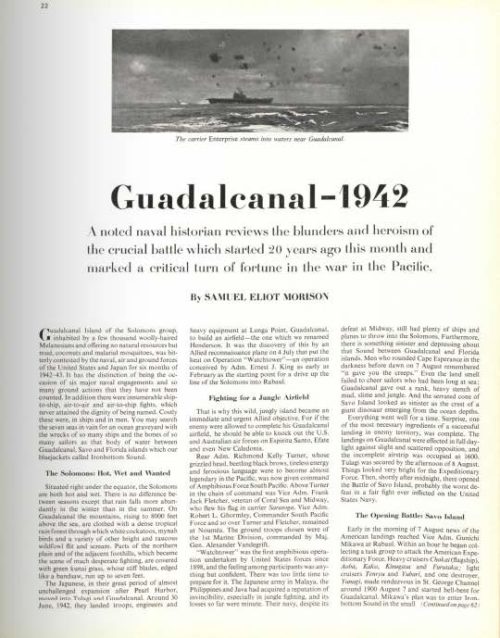
Read the Post’s profile of World War II veteran Roy Roush, who fought at Guadalcanal.
Featured image: USMC Archives
A Turning Point in the Solomons
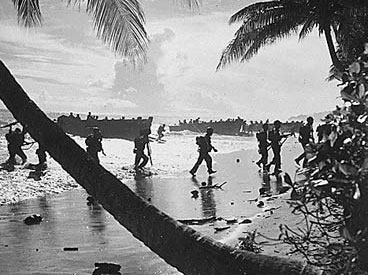
But in early August, the U.S. began its offensive in the Solomon Islands, northeast of Australia. On the morning of August 7, 1942, the U.S. Marines made their first amphibious landing in 44 years at Guadalcanal.
The Japanese had landed on the island in June and started building an airfield.

When completed, it would enable their bombers to push the U.S. and Australia out of the Solomons and even strike the Australian mainland.
Samuel Eliot Morison was the official naval historian at the time, and had already begun writing the complete naval history of World War II. By the time he finished his 15-volume account, he had studied every naval engagement of the war. This is what he said about Guadalcanal in an article written on July 28, 1962, in the Post:
“You may search the seven seas in vain for an ocean graveyard with the wrecks of so many ships and the bones of so many sailors as that body of water between Guadalcanal, Savo and Florida islands which our bluejackets called Ironbottom Sound.
“There is something sinister and depressing about that Sound. [The marines] who rounded Cape Esperance in the darkness before dawn on 7 August remembered, ‘it gave you the creeps.’ Even the land smell failed to cheer sailors who had been long at sea; Guadalcanal gave out a rank, heavy stench of mud, slime, and jungle. And the serrated cone of Savo Island looked as sinister as the crest of a giant dinosaur emerging from the ocean depths.”
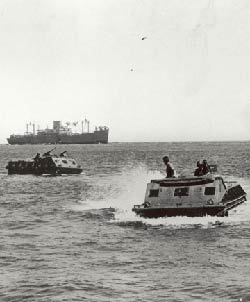
The U.S. forces were understandably intimidated. “The Japanese army in Malaya, the Philippines, and Java had acquired a reputation of invincibility, especially in jungle fighting, and its losses so far were minute. Their navy, despite its defeat at Midway, still had plenty of ships and planes to throw into the Solomons.” Fortunately, the Marine landing at Guadalcanal and neighboring Tulagi went well. By 4:00 PM, they had seized the unfinished airfield.
“Things looked very bright for the Expeditionary Force. Then, shortly after midnight, [began] the worst defeat in a fair fight ever inflicted on the United States Navy.” A Japanese task force of seven cruisers and one destroyer descended upon the Expeditionary Force, shot up the landing craft, and left the Marines without their naval supply line. Proceeding on to Savo island, they attacked first the Australian, then the American ships. Miscommunication, bad luck, poor judgment, and the element of surprise combined to give the Japanese a sizeable victory.
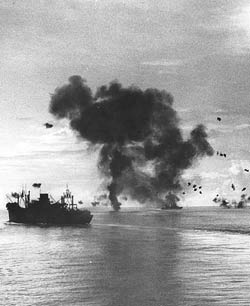
“It was not a decisive battle and not an unprofitable defeat,” wrote Morison, “although the cost was heavy—four heavy cruisers and one destroyer a total loss; 1270 officers and men killed and 709 wounded. … The Navy held an investigation, which found the blame so evenly distributed that nobody was punished. And it is well that Admiral Turner, primarily to blame, was not put ‘on the beach,’ because he became the leading practitioner of amphibious warfare in the Pacific. Many lessons were learned from this disastrous battle.”
As so often before, America’s entry into the war was marked by costly mistakes. Not being a warrior nation, we start each conflict with a civilian attitude and a reliance on what worked in the last war, and we are handed defeats. Fortunately, the American military always learns from these mistakes.
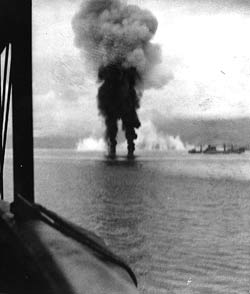
Over the next three months, American forces were able to hold their own in a costly standoff. “From sunup to sundown the Americans ruled the waves, big ships discharged cargoes, small ones plied between Lunga Point and Tulagi, as safely as in New York Harbor. But as the pall of night fell over the sound the Japanese took over. Allied ships cleared out like frightened children running past a graveyard, and small craft sought shelter. The ‘Tokyo Express’ of troop-carrying destroyers dashed in to discharge soldiers and supplies … and big ships tossed shells in the Marines’ direction. But the Rising Sun flag never stayed to greet its namesake; by dawn the Japanese were well away and the Stars and Stripes reappeared. Such was the pattern. … Any attempt to reshape it meant a bloody battle.”
At night, the Marines threw back repeated suicide attacks by the Japanese garrison. In the morning, Army engineers began to repair the bombing damage to Henderson airfield so vital supplies could be flown in.
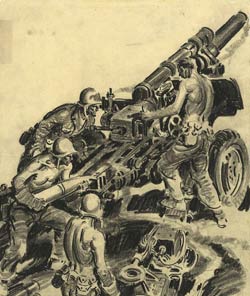
“Ship losses were fairly balanced; two American light cruisers and four destroyers against two Japanese destroyers and a battleship. … But the enemy bombardment mission was completely frustrated.”
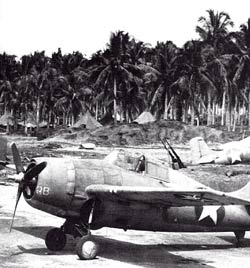
America didn’t know it was a turning point in the war. Military planners worried that every island battle across the Pacific would be just as long and bloody. But in 1962, Morison could point to Guadalcanal as “a definite shift of America from defensive to offensive, and of Japan in the opposite direction. Fortune now, for the first time, smiled on the Allies everywhere: not only here but in North Africa, at Stalingrad, and in Papua.”
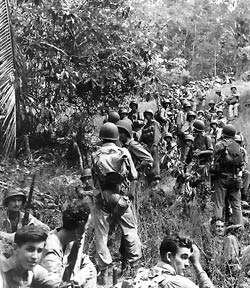
Credit for victory in the Solomons should be given to over 80,000 Allied soldiers who fought there, and especially the 10,000 who died. But just as valuable as their fierce devotion and sacrifice was America’s readiness to learn from mistakes, to bring in better commanders, and to continue fighting when the grim price seemed too high. It was this spirit that prompted Winston Churchill to say, in 1942, “Now this is not the end. It is not even the beginning of the end. But it is, perhaps, the end of the beginning.”
“The Battle That Set Us Free” by Samuel Eliot Morison
A famous naval authority tells the exciting story of how a daring French sailor won a victory that saved America.